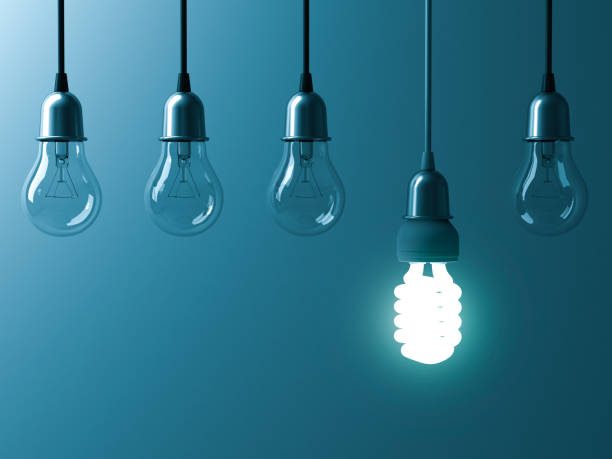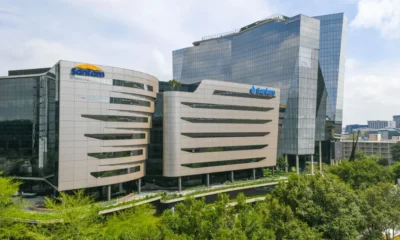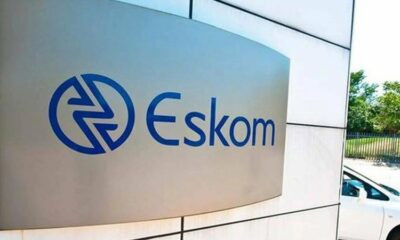News
South Africans brace for new Eskom electricity price hike after R54 billion settlement

South Africans are reeling after the National Energy Regulator of South Africa (Nersa) approved Eskom’s request to raise electricity tariffs even higher than expected, thanks to a massive R54 billion settlement. The adjustment will see prices rise by 8.76% from April 2025, instead of the originally planned 5.36% hike a blow to households and businesses already grappling with rising costs.
A costly victory for Eskom
The embattled power utility argued that Nersa’s January ruling contained flawed data, leaving it with a R107 billion revenue shortfall. The court challenge ended in Eskom’s favor, giving it additional revenue at the expense of consumers. Energy expert Chris Yelland called the R54 billion error “absolutely astounding,” noting that Eskom has already saddled South Africans with years of inflated tariffs linked to inefficiencies and mismanagement.
“Eskom should be reimbursing customers, not the other way around,” Yelland stressed, adding that ordinary South Africans are being forced to cover costs that should have been written off as imprudent.
The price of survival
While Eskom has managed to stabilize the grid in recent months by improving the performance of its coal fleet, its financial recovery strategy leans heavily on squeezing more money from its shrinking customer base. Power sales have fallen by 11% since 2020 as households and businesses increasingly turn to solar panels to escape both outages and high tariffs.
But instead of rewarding efficiency or offering relief, Nersa’s decision means customers will not only pay more in 2025 but again in 2027, when another steep 8.83% hike takes effect.
Inflation fears and economic fallout
The timing could hardly be worse. The South African Reserve Bank projects inflation to average just over 3%, but Eskom’s tariff hikes will likely push living costs higher and eat into already thin business margins.
“This is damaging for households and businesses. Disposable income shrinks, demand contracts, and the broader economy feels the pinch,” warned Joshua Mahony, a market analyst at Scope Markets.
Higher tariffs could also drive more people to seek illegal connections, a trend the Auditor-General warned about earlier this year, adding yet another layer of instability to the grid.
Public frustration boiling over
Unsurprisingly, public reaction has been scathing. On social media, South Africans vented their anger, accusing Eskom of “bleeding citizens dry” and mocking Nersa for its so-called “error.” The Democratic Alliance also weighed in, calling the settlement “incorrigible” and arguing that struggling households, municipalities, and small businesses are once again paying for the failures of Eskom and the regulator.
One X user summed up the mood: “We are expected to fund Eskom’s mistakes while sitting in the dark. How is that fair?”
A shifting energy landscape
Ironically, even as Eskom secures more revenue through higher tariffs, it faces growing competition. Independent power producers are gaining ground, and the government is pushing ahead with plans to split Eskom into separate transmission, generation, and distribution units.
For now, however, ordinary South Africans are caught in the middle. With the next round of tariff hikes already locked in, the bitter reality is that electricity once considered a basic service is becoming a luxury for many.
Source:Business Tech
Follow Joburg ETC on Facebook, Twitter , TikTok and Instagram
For more News in Johannesburg, visit joburgetc.com



























